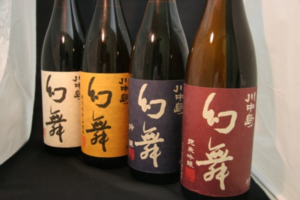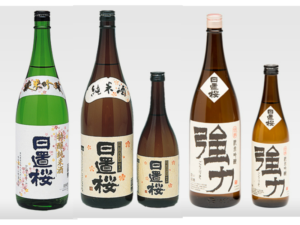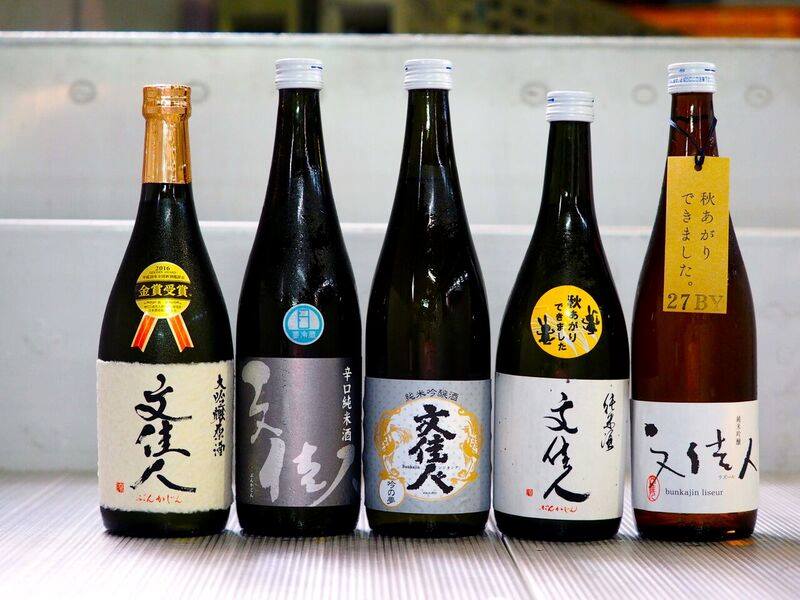
BUNKAJIN is brewed in Kami City, Kochi Prefecture.
Where the name BUNKAJIN came from
When I encountered this sake, I noticed something peculiar about the Kanji characters used for BUNKAJIN. The familiar characters are usually "文化人," which translates to "culturally educated person." So, what does "文佳人" mean? How does it differ?
During the interview, I discovered that it is easier to comprehend BUNKAJIN by breaking down the word into "BUN" (文) and "KAJIN" (佳人).
The term "BUN" (文) refers to literature or education, while "KAJIN" (佳人) denotes a beautiful woman or lady. Indeed, there is a story behind this brand name that revolves around a woman named En.
In the early Edo period (1603-1867), there was a retainer named Kenzan Nonaka in the Tosa domain (present-day Kochi Prefecture) who possessed a deep knowledge of Neo-Confucianism. Kenzan had a daughter named En. At one point, Kenzan lost his position due to some circumstances, and his entire family, including En, was forced into prolonged confinement.
Nevertheless, En managed to learn Neo-Confucian studies, poetry, and medicine solely through correspondence, eventually becoming a highly esteemed physician. Her exceptional talents in each field are evident in the numerous letters she left behind.
ARISAWA, the brewery behind BUNKAJIN, is currently managed by Mr. Kosuke Arisawa, the fifth generation of the family. His great-grandfather, the second generation, was an avid fan of waka poems and named the sake BUNKAJIN after En, a woman of strength, grace, and immense talent. In other words, the name "BUNKAJIN" signifies a "literary beauty," representing a beautiful woman who excels in learning. Locals affectionately refer to her as "Oen-san," and her greatness has been passed down through generations.
The Lineup of BUNKAJIN
The second-generation owner, a lover of waka poetry, named his sake after various haiku seasonal words such as "itoyanagi" (weeping willow) and "kangetsu" (cold moon). Among them, the brand name BUNKAJIN is exclusively reserved for specially designated sake*1, including daiginjo and junmai ginjo.
Note 1: Specially designated sake is classified into eight categories based on ingredients and the manufacturing process: junmai, tokubetsu junmai, junmai ginjo, junmai daiginjo, honjozo, tokubetsu honjozo, ginjo, and daiginjo. All others are referred to as "futsu-shu" (ordinary sake).
Ref: Nihonshu-no-motoi, June 2021.
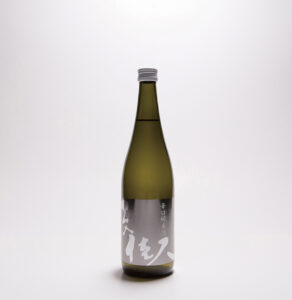
KARAKUCHI JUNMAI-SHU
This is the standard sake of BUNKAJIN. It has a clear and dry finish that sets it apart.
You can enjoy it chilled or gently warmed, whichever you prefer. It is also the most widely available sake from ARISAWA.
DAIGINJO, JUNMAI
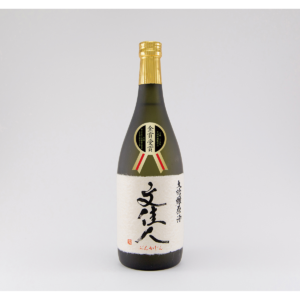
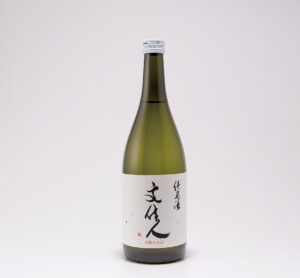
Daiginjo-genshu was awarded the gold medal at the Shinshu sake competition. It boasts a fruity aroma and is full of umami flavor.
Junmai-shu also received a gold medal at the KURA MASTER 2019. It offers a rich, full-bodied finish.
Both kanji characters were handcrafted by a calligrapher.
LISEUR
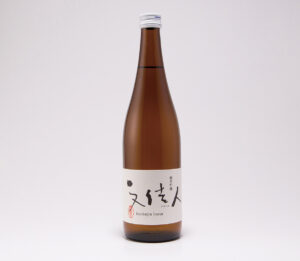
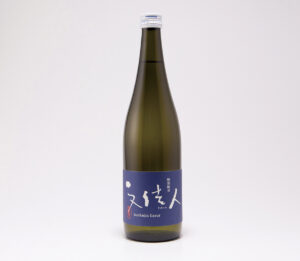
The word "Liseur" is French for a close reader. This name was chosen for the sake to be savored in a similar manner to deeply reading and appreciating literature. It carries the essence of BUNKAJIN's literary beauty.
The horizontal typeface corresponds to the French term. It has a lower alcohol content and can be enjoyed with a refreshing sensation.
JUNMAI GINJO Kome-chigai (rice difference) Series
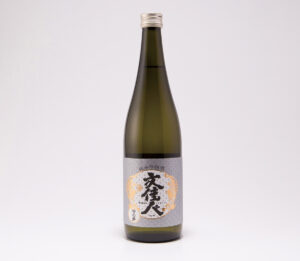
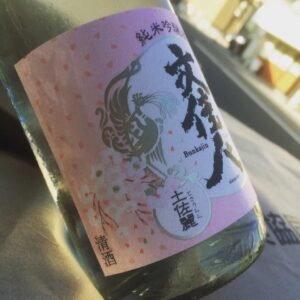
The bearded Kanji letters seem to symbolize the long-standing existence of this series since the brewery's inception. However, it is a relatively new series that deserves attention.
It features four rice varieties: Yamada-Nishiki, Omachi, Gin-no-Yume, and Tosa-Urara. The latter two are sake rice from Kochi. Tosa Urara, represented by a pink label, is released in spring, reminiscent of the Japanese expression "Haru-urara" which signifies the brightness and beauty of the season.
NATSU-JUNGIN Obake Labels
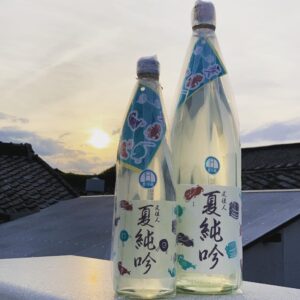
Among several seasonal offerings, the most popular product from this brewery is "Natsu Jungin." This junmai ginjo-shu can be chilled and enjoyed refreshingly during summer.
"Obake" is translated as "ghost," though I would rather refer to them as mischievous spirits. The label design is eye-catching. Can you spot the spirits?
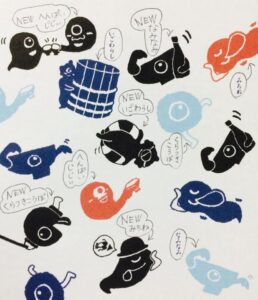
Kuratsuki-kobo (house yeast)
The spirit that resides in the brewery all year round, enhancing the flavor profile of the sake.
Henpai-jijii
A troublesome character who insists on sharing a drink whenever he encounters a human being. "Henpai" is a Tosa-style communication method that deepens connections through sharing the same cup of sake.
"Jijii" is a term used to refer to a rather tricky old man.
Michi-ne (sleeper on the street)
A spirit who falls asleep on the street after drinking alcohol.
It is often spotted at train station platforms.
Nami-nami
When pouring sake, he requests a full glass. An impudent but lovable spirit. "Nami-nami" is an adjective used to express liquid being poured to the point of overflowing the container.
Igo-warashi (Stubborn spirit)
"Igo" derives from Tosa's stubborn "igosso." He is always present at the brewery, overseeing the sake production. The sake tastes even better when you catch a glimpse of him.
About ARISAWA CO., LTD.
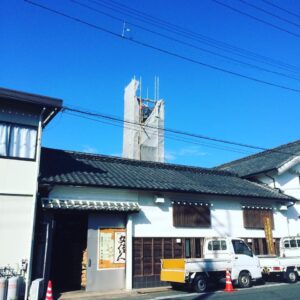
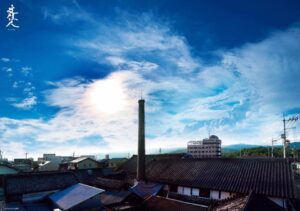
Founded in 1877, ARISAWA is located in Tosa-Yamada Town, Kami-city. Unlike other cities in the area, Kami City does not face the sea, but is surrounded by the rich nature in the northeastern part of Kochi Prefecture.
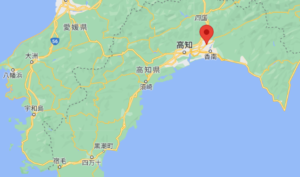
Until the fourth generation, ARISAWA primarily produced what is commonly known as "regular sake." However, the current fifth generation, Mr. Kosuke Arisawa, started crafting Tokutei Meisho-shu, a specially designated sake.
Presently, Mr. and Mrs. Arisawa are solely responsible for the entire brewing process, from brewing to bottling, based on their strong commitment to their sake with their particular approach to the production method. Only shipping is handled by a part-time worker.
ARISAWA takes great care in the following aspects:
No filtration (Muroka)
Typically, sake undergoes filtration using activated charcoal before shipping to maintain quality and balance the aroma. However, ARISAWA insists on producing "unfiltered" sake. Mr. Arisawa explains, "We want to deliver our sake as freshly squeezed and delicious as possible." This decision ensures that the sake retains its full aroma.
One heat sterilization, and storage at -5 degrees Celsius.
Conventionally, sake undergoes two rounds of heat sterilization. The first heating process deactivates diastatic enzymes, while the second eliminates hi-ochi bacteria*2 during bottling. ARISAWA, driven by their commitment to freshness demonstrated through the absence of filtration, chooses to heat the sake only once in bottles and subsequently store them in refrigeration at -5°C (23°F). This method prevents flavor deterioration as the sake is heated and cooled down more rapidly than in tanks.
Fune (traditional press) Pressing
While modern automated pressing methods employing a machine called a "yabuta" are prevalent today, ARISAWA remains devoted to using a traditional pressing equipment called fune. This method allows for washing the pressing bags before each use and employs a slow, low-pressure pressing process that minimizes off-flavors*3.
All these features exemplify ARISAWA's strong commitment to providing their customers with the freshest and most flavorful sake possible.
Note 2:Hi-ochi bacteria are lactic acid bacteria that degrade sake.
Note 3:Off-flavor refers to an odor or taste that is different from the original flavor of the food or beverage.
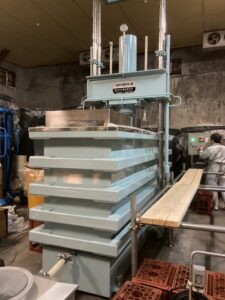
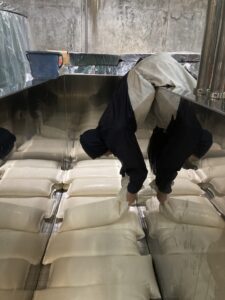
moromi (mash) in the fune
Lastly, ARISAWA shares the following message:
"Our sake is not typical sharp and dry Kochi sake. It offers a pleasant acidity while remaining juicy and easy to drink. It pairs well not only with Japanese cuisine but also with Western food. Currently, we are even exploring the brewing of a sake that complements spicy and Chinese dishes.
For those trying BUNKAJIN for the first time, we recommend trying Liseur."
Interview Date: June 1, 2023 (Zoom)
Interviewee: Mr. Kosuke Arisawa, Managing Director, and Mrs. Aya Arisawa, Executive Director of ARISAWA CO., LTD.
Image Data Presented by: ARISAWA
Interview Note:
I had the opportunity to taste BUNKAJIN for the first time, specifically the "Liseur". To my surprise, this sake didn't fit the typical profile of a Kochi sake that I was familiar with. It was incredibly easy to drink, making me double-check the label to confirm that it was indeed a Kochi sake. Its light and refreshing qualities resembled that of a table wine, which challenged my preconceived notions of Kochi's robust sake.
The name "BUNKAJIN" also intrigued me, seeming to hold some significant meaning. This prompted me to immediately request an interview to learn more.
To my delight, Mrs. Aya Arisawa, the Executive Director of ARISAWA, responded to my request. Despite her involvement in the tough work of sake brewing with Mr. Kosuke Arisawa, her demeanor exuded a refreshing and calm aura. Interestingly, when I asked her about her title, she laughed and said, "I’m fine with no title. Sometimes I call myself a part-timer."
“Part-timer!!??” No, I don’t think so!
(In reality, her official title is Executive Director according to Kochi-tabi Net.)
Within our limited time frame, Mrs. Arisawa graciously shared with me the story behind the brand name and their passion for sake brewing. I am certain that every time I drink BUNKAJIN from now on, I will fondly recall "Oaya-san" and view her as a contemporary "Oen-san”.
Finally, I would like to thank Mrs. Arisawa for generously dedicating her time to the interview. And I would also like to express my appreciation to Mr. Kosuke Arisawa for joining us virtually to provide further explanations.

